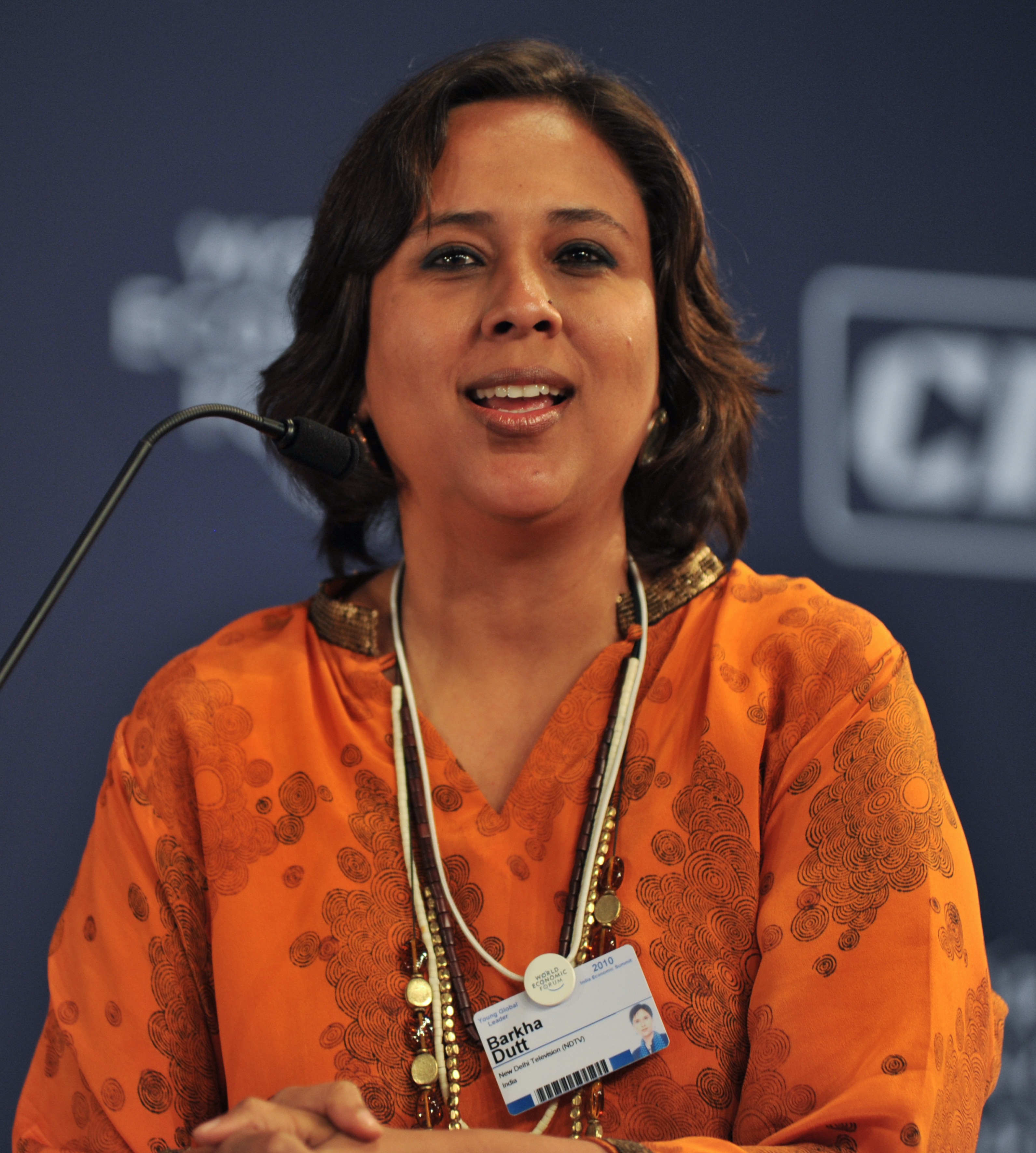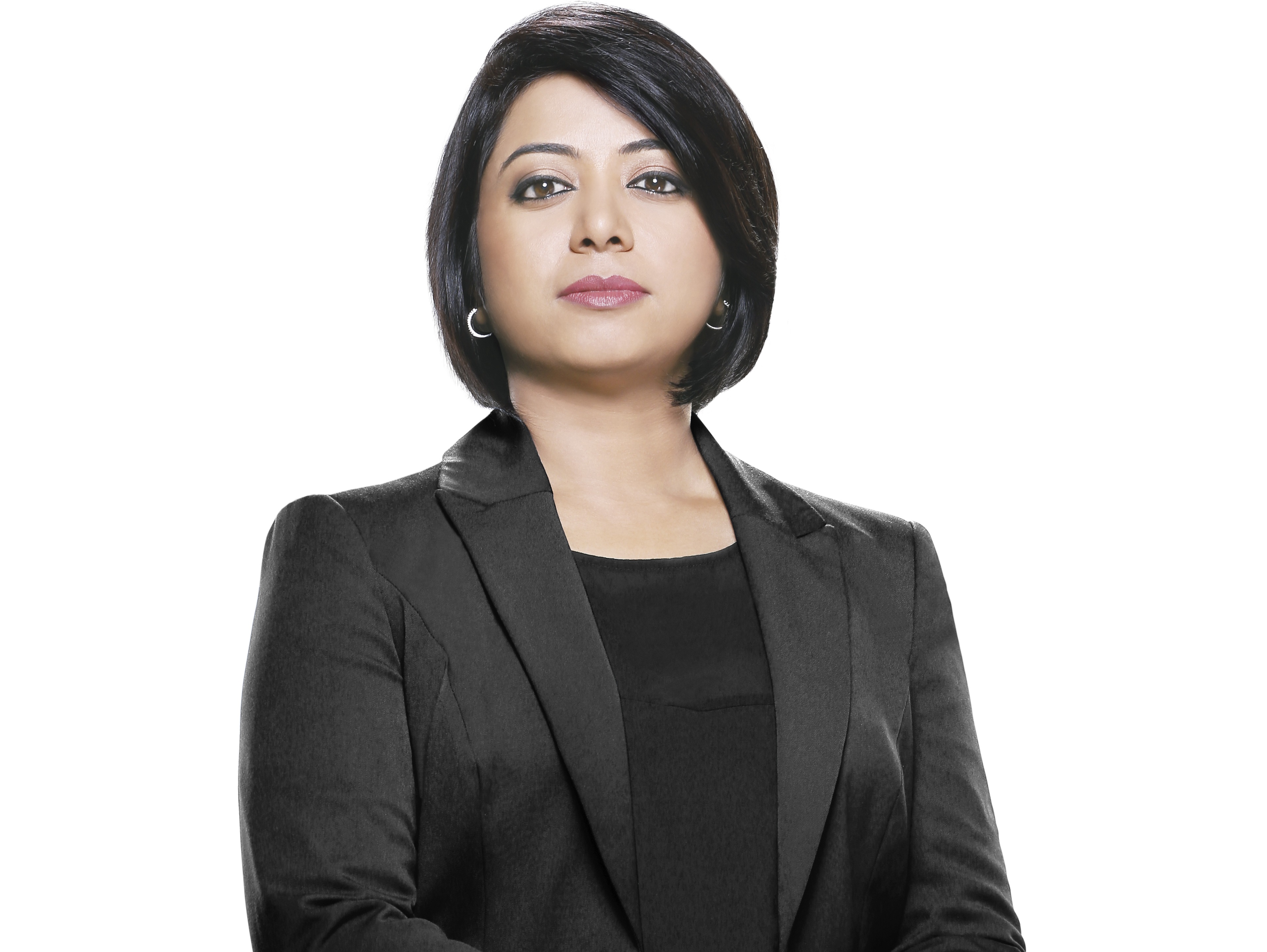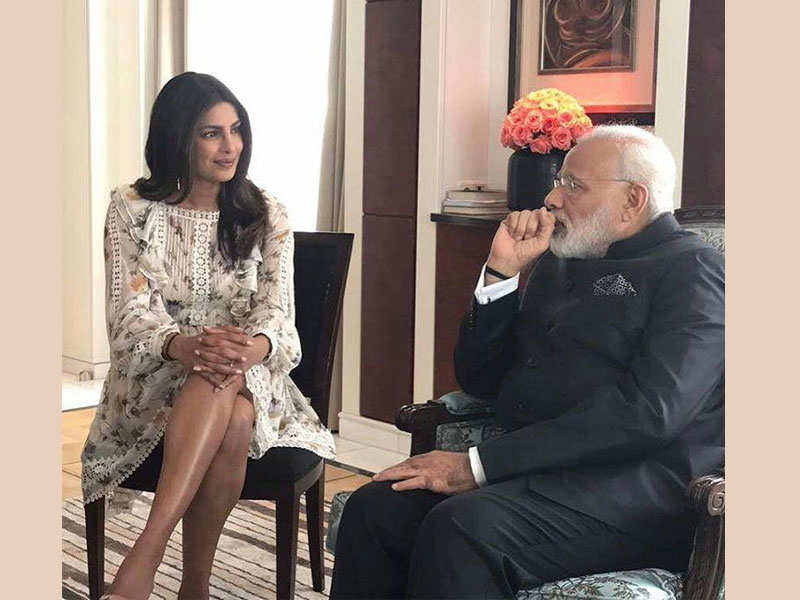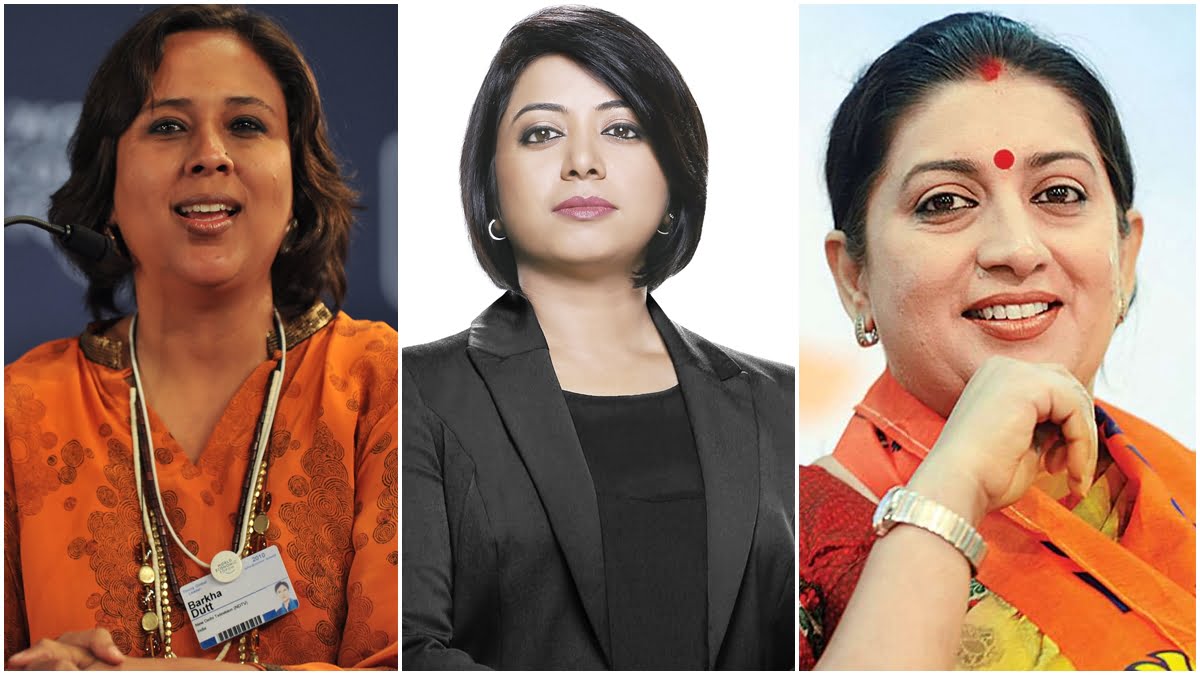In India, representation of women has always been controversial and contradictory.
While, women in India have been represented by powerful voices in media, law, art and politics, taking the example of Indira Gandhi, the first woman leader elected to be elected to the parliament in a year as early as 1959, India is also a country that is home to some of the most deep-rooted gender inequalities; violence against women; workplace and domestic inequalities; etc. Although, India has always been represented through the feminine identity of “mother India (and thus pedestalising women as goddesses and mothers), it at times fails to represent women outside of their familial roles, such as the representation of women in media, as we will discuss below.
In a study conducted by Media Rumble in collaboration with UN Women (2019), it was revealed that there were leadership positions were taken up by women in media such as in the mainstream newspapers like Economic Times, The Hindu, The Indian Express etc, even in 2019.
When we look at the representation of women in media in the context of Indian journalism, these inequalities become deeper and more transparent. In India, the representation and coverage of women in media, such as in newspapers, broadcast news channels and digital platforms is questionable. In a study conducted by Media Rumble in collaboration with UN Women (2019), it was revealed that there were leadership positions were taken up by women in media such as in the mainstream newspapers like Economic Times, The Hindu, The Indian Express etc, even in 2019 and when it came to news articles, only 20 percent of the 3000 articles in English dailies were written by women. This gap was wider in Hindi newspapers. Of the 6,806 articles surveyed, only 11 percent were authored by women. When it came to TV news, most channels showed less than 20 percent of the anchors to be a female. The study also found that women in media continued to be given what are essentially “soft” beats like lifestyle and fashion, leaving the “hard” beats like politics, economy, and sports for men.
Also read: ‘Madam-Sir’ – The Women Superiors In The Indian Police Force
Thus, the divide is still profound and undeniable.
During her career, Barkha Dutt brought to light the psycho-social impact of the hate she receives by virtue of being a female journalist in India when her marital life became a trending story on social media platforms and news agencies. Her personal life was brutally targeted, which gave birth to a popular notion amongst the public of “Barkha Dutt and Her Two Muslim Husbands” which, she later addresses in her book. Often, criticisms would also revolve around her looks, her sexual morality with use of derogatory language.

Another example of successful women in media is Indian journalist and television news anchor is Faye D’Souza. She has carved her path in the field of Indian journalism and is one of the few women to have earned her place as a primetime anchor for Mirror Now‘s The Urban Debate.

Starting her career in 2003 at all India Radio Today, she gradually became a powerful voice. She has earned her place by constantly combating sexism in newsrooms and tackling pushback for being a female with strong opinions. She has openly spoken about the impossible standards that are imposed on women in workplaces, especially on women in media, and how they are constantly judged for their clothes, appearance and sexual history.
In a debate hosted by Mirror Now in 2017, Faye D’Souza effectively schooled a panelist, Maulana Qasmi against an offensive and illogical remark, demeaning Fatima Sana Shaikh, Indian actress, for posting a picture of herself in a bikini during Ramzan and for further saying sexist remarks towards Faye as well. She responded by making it clear that such threats and comments by people will not scare women from doing their job.
When he further did not back down, she stopped the debate and he was replaced by another panelist.
A popular digital news platform, The Swaddle, founded by Karla Bookman covers everything from gender issues to science. Rajvi Desai, cultural editor of The Swaddle does a series of videos regularly, providing rational arguments to debunk gender serotypes. In her recent video “etiquette is sexist,’’ the various gender standards and the idea of “appropriate behaviour” by women is exclusively discussed. While looking through the comments too, one can easily see that there is a lot of support out there for women in media like her by women who feel brought down by the same standards. While there are some derogatory remarks about her hair and appearance, in other videos, one can also find rape and murder threats directed at her.
All this demonstrates that even though Indian journalism has made progress in the last few years, especially with the emerging digital sphere, the deep-rooted patriarchy that serves women in media an unfair hand is still very prominent.
Even in politics, India’s trajectory in terms of female representation has been quite contradictory. Even though India saw female representation in the position of prime minister through Indira Gandhi in 1959, she has been the only female politician to hold this position.
In 2019, the 17th Lok Sabha elections recorded a total number of 78 women (14 percent) out of the 542 seats coming to power with 464 men occupying 85.61 percent of the seats. While in Rajya Sabha, 20 out of the 240 MPs are women.
Politics is an environment filled with misogyny and sexism and garners support of people ready to question women ‘morality’ and their right to have a voice. One of the many examples is of how in 2017, one of the prominent women in media industry Priyanka Chopra was trolled for showing her legs when she met with prime minister Narendra Modi in Berlin.

In terms of media coverage, female candidates don’t get enough attention there either. Yasmin Kidwai, the municipal councillor from Daryaganj spoke about the very issue, emphasising how women finally have the opportunity and means to participate in politics, but the media still chooses to ignore their stories. She discussed how women politicians need more coverage than their male counterparts because women are often first-time politicians who deserve to have their efforts highlighted. Not only are these women the elected representatives, but they also represent the section of our population that has remained unheard for a long time.
Another problem is that media houses often report on women, only when talking about ‘women’s issues,’ rather than talking about them as politicians and their policies. On doing a simple google search on women in Indian politics, the first few articles that come up were – “Charu Pragya talks about discrimination against women,” and “Need to increase women’s wedding age: activists, politicians welcome Centre’s decision of reconsidering minimum marriage age and not so ‘abla nari’ in power.”
This inequality has a direct impact on the representation and coverage of women in media, making this a vicious and sexist cycle that prevents women in power from getting their due place and recognition beyond mere tokenistic representation.
On social media, Smiriti Irani, an Indian politician is incessantly trolled for being an actress and model while someone like a Manoj Tiwari or Gautam Gambhir are not scrutinised as much for being a singer and a sportsman, respectively.
The problem of women representation is not exclusive to politics or journalism. Across the world the women in leadership roles are underestimated and overly burdened by their gender roles: Whether it is someone like Alexandria Ocasio-Cortez, an American politician serving as the U.S. Representative for New York’s 14th congressional district who is still looked down upon for being a woman in the USA senate and coming from a working-class background, or the sexual harassment faced by countless women by Roger Ailes, the ex-CEO of Fox News.
This inequality has a direct impact on the representation and coverage of women in media, making this a vicious and sexist cycle that prevents women in power from getting their due place and recognition beyond mere tokenistic representation.
Mallika Aggarwal has majored in psychology from Gargi College, Delhi University. She is also a mental health advocate and writer based in Delhi. She can be found on Instagram.




